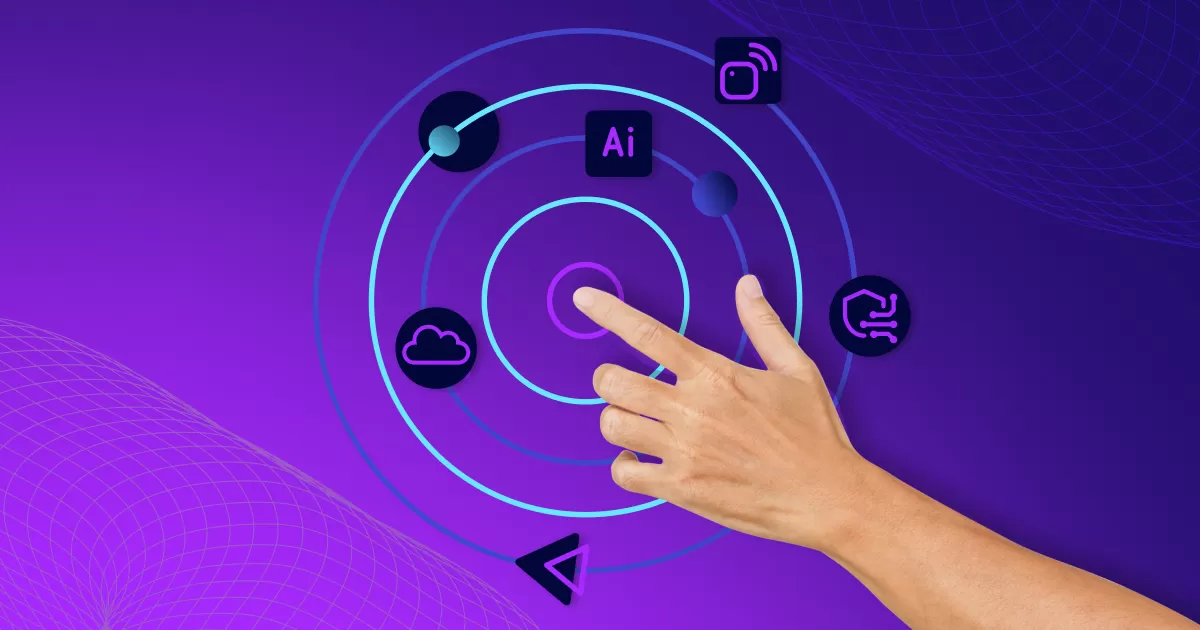In the realm of security and monitoring, two terms often used interchangeably are CCTV (Closed-Circuit Television) and video surveillance. While both serve the fundamental purpose of monitoring and recording activities in various environments, there are distinct differences between the two concepts. This article explores these differences, highlighting their functionalities, technologies, and applications.
CCTV (Closed-Circuit Television)
CCTV refers to a traditional system of surveillance that involves using cameras to transmit video signals to a specific set of monitors or video recorders (usually referred to as DVRs – Digital Video Recorders or NVRs – Network Video Recorders). Here are key characteristics of CCTV systems:
- Analog Transmission: CCTV cameras typically use analog signals transmitted via coaxial cables to connect to recording devices. These systems were prevalent before digital technology became mainstream.
- Localized Monitoring: The term “closed-circuit” implies that the video feed is transmitted to a limited number of monitors or recording devices within a specific area, such as a control room or security office.
- Limited Scalability: Analog CCTV systems are less flexible in terms of scalability compared to modern digital systems. Adding more cameras or expanding coverage areas often requires significant cabling and infrastructure adjustments.
- Usage of DVRs/NVRs: Video footage captured by CCTV cameras is stored locally on DVRs or NVRs, where it can be reviewed and archived for future reference or investigation.
- Lower Resolution: Analog CCTV cameras generally offer lower resolution compared to modern digital IP cameras, which can impact the clarity and detail of captured footage.
Video Surveillance
Video surveillance, on the other hand, encompasses a broader and more technologically advanced approach to monitoring and recording activities. Here’s how video surveillance differs from traditional CCTV:
- Digital and IP-Based: Video surveillance systems predominantly use digital IP cameras that capture high-resolution video and transmit it over computer networks or the internet. This allows for more flexible and scalable installations.
- Remote Monitoring: Unlike CCTV’s localized monitoring, video surveillance often includes capabilities for remote monitoring. Video feeds can be accessed and viewed from multiple locations simultaneously, including via mobile devices and web interfaces.
- Integration with Advanced Technologies: Modern video surveillance systems frequently incorporate advanced technologies such as AI (Artificial Intelligence) for video analytics, facial recognition, object detection, and behavioral analysis. These features enhance security and operational efficiency.
- Cloud Storage and Management: Many video surveillance systems utilize cloud-based storage solutions, eliminating the need for on-site recording equipment like DVRs/NVRs. Cloud storage offers scalability, redundancy, and remote access capabilities.
- Enhanced Flexibility and Scalability: Digital IP cameras and network-based architecture provide greater flexibility in camera placement and system expansion. New cameras can be added to the network with minimal disruption and integrated seamlessly with existing infrastructure.
- Higher Resolution and Image Quality: Digital IP cameras typically offer higher resolution and better image quality compared to analog CCTV cameras, providing clearer and more detailed footage for security purposes.
While CCTV and video surveillance share the fundamental goal of monitoring and recording activities for security and safety purposes, their technological foundations and capabilities differ significantly. CCTV systems represent a more traditional, analog-based approach with localized monitoring and limited scalability. In contrast, video surveillance leverages digital IP cameras, network-based infrastructure, and advanced technologies to offer enhanced flexibility, scalability, and functionality. Understanding these differences is crucial for selecting the most suitable surveillance solution based on specific security needs and operational requirements in today’s evolving landscape of security technology.





